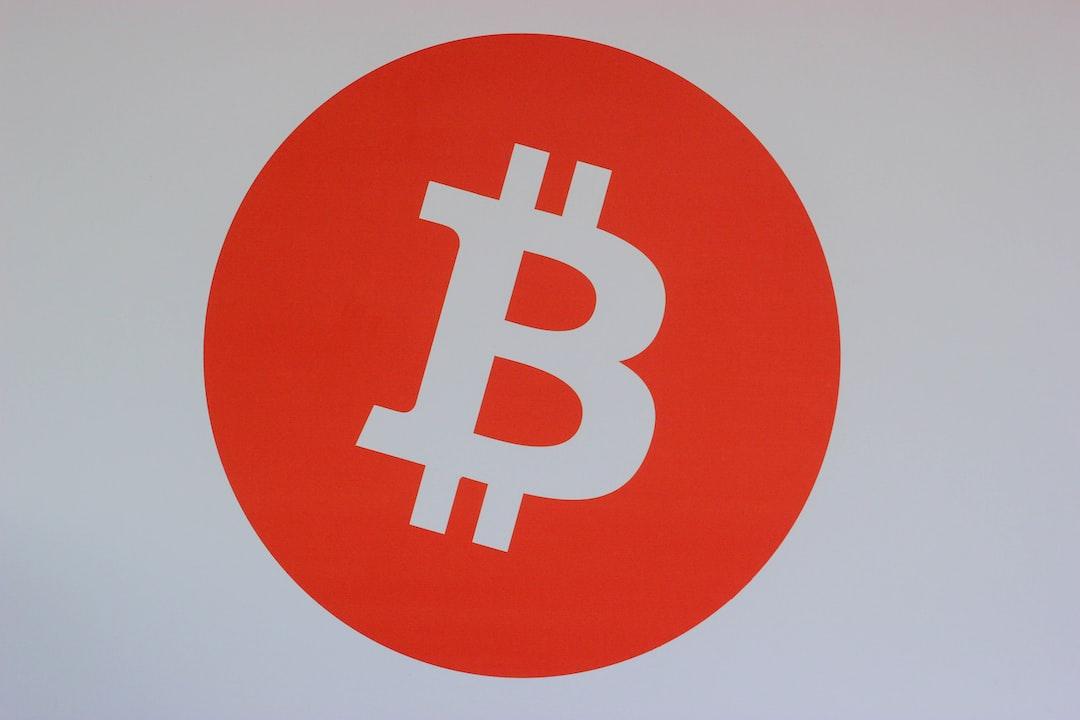Vitalik Buterin’s Keynote at ETH Taipei: A Vision for Ethereum’s L2 Scalability and Security
Ethereum co-founder Vitalik Buterin detailed the future blueprint for Ethereum L2 scalability and security in his keynote address at ETH Taipei this morning, aiming for a decentralized network with higher efficiency and faster transaction confirmations.
L2 Scalability is a Crucial Breakthrough, But Not at the Expense of Security
Vitalik first pointed out that Ethereum is transitioning from theoretical experimentation to practical application, with its L2 technology reaching an important turning point. Millions of people are now using Ethereum for payments, savings, international remittances, and DeFi operations, with applications like Farcaster and Worldcoin significantly boosting usage.
In this regard, he reiterated his belief:
Scalability should not sacrifice decentralization features, including openness, censorship resistance, and security.
L1 scalability still needs improvement, but L2 can upgrade more rapidly.
Technical Blueprint: More Blobs, More Transactions, Lower Costs
Vitalik then shared the future direction for Ethereum, primarily focusing on “increasing the number of blobs while maximizing transaction efficiency under secure conditions”:
- Increase blob count (from 6 to 48, then to 512), raising TPS to tens of thousands.
- Introduce a 2-of-3 security architecture (Optimistic + ZK + TEE) balancing security and immediacy.
- Simplify interaction times between Layer 2 and Layer 1 to as little as 12 seconds or even shorter.
Multiple Upgrades to Maximize Blob Space and TPS
He emphasized that in the coming years, multiple upgrades to the Ethereum network will realize the vision of tens of thousands TPS (transactions per second):
- Petra Upgrade: Expected to be implemented in April, expanding blob space from 3 to 6 and raising TPS from 200 to 400.
- Futaba and Theodos Upgrades: Introducing data sharding, aiming to increase to 48 or even 512 blobs, with potential reaching 50,000 TPS.


Security Challenges and New Design: 2-of-3 Model Architecture
Vitalik also indicated that while L2 operations currently appear problem-free, challenges remain in code verification, complete trust, and absence of human intervention. He proposed the concept of “Stage 2,” suggesting that L2 security should derive entirely from its code rather than external trust mechanisms.


He recommended integrating diverse technologies such as optimistic rollups, ZK rollups, and trusted execution environments (TEE) to create a third-party mechanism design, which can reduce single point failure risks and achieve true L2 security:
- Optimistic Rollups: More mature but with higher latency.
- ZK Rollups: Fast but with immature technology.
- Trusted Execution Environment (TEE): Relies on hardware security assumptions.
Through the “2-of-3 model,” where any two of the three must agree to confirm a transaction, a balance between security and immediacy can be achieved.
12 Seconds to Complete Cross-L2 Asset Transfers: Aggregated Proof as a Key Solution
Looking ahead, Vitalik hopes that L2 can interoperate like Ethereum sharding, allowing users to complete cross-L2 asset transfers within 12 seconds without relying on market makers or additional bridging protocols, and even support non-fungible assets like NFTs:


This will make L2 more native and fluid, truly “like Ethereum itself.”
Additionally, Vitalik noted that the current cost of submitting proofs to L1 is prohibitively high (tens of thousands of dollars), which hinders the widespread development of L2. He suggested constructing an aggregated proof protocol to significantly reduce costs by merging proofs from multiple L2s, wallets, and protocols, making L2 economically viable.
Looking Ahead to 2025: Achieving a Super Scalable and Secure Ethereum Ecosystem
Finally, Vitalik expressed confidence in Ethereum’s prospects over the next two years:
- By 2025, L2 is expected to achieve second-level withdrawals and scalability exceeding 100,000 TPS.
- The longer-term goal is to fully replace Optimistic and TEE with ZK technology in three to four years, achieving mathematically provable complete security.
He concluded:
We are building an Ethereum ecosystem that can serve hundreds of millions of users without compromising on security, censorship resistance, or openness.
Risk Warning
Investing in cryptocurrencies involves high risks, with prices subject to significant volatility, and you may lose your entire principal. Please assess risks carefully.

